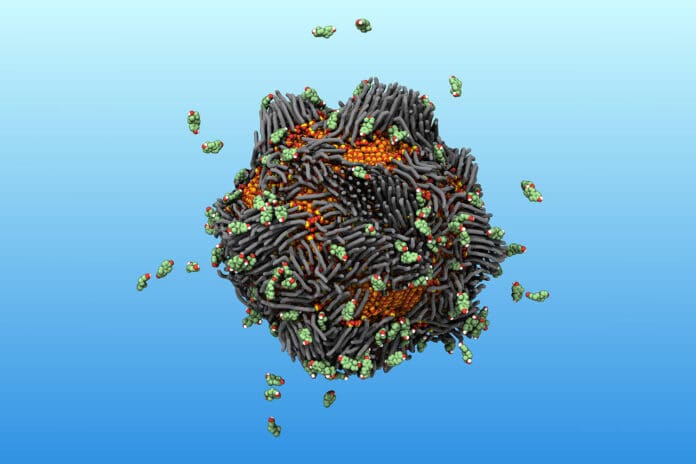Access to safe, affordable, and reliable drinking water is an internationally recognized human right. However, anthropogenic molecular pollutants, like hormones, are present in our groundwater. These pollutants can find their way into drinking water due to careless disposal and insufficient remediation, posing a significant risk to human health.
Natural and synthetic estrogens are one such group of hormones. The main sources of these contaminants include waste from humans and livestock. The amounts of estrogens are very low in the environment, so they are difficult to remove. Yet even these levels have been shown to affect the metabolism and reproduction of some aquatic plants and animals.
Now, researchers at Germany’s University of Erlangen-Nuremberg have developed a new way of removing the hormone from water using what they call ‘smart rust.’
Smart rust takes the form of special iron oxide nanoparticles that can attract many substances, including oil, nano-, and microplastics, as well as the herbicide glyphosate, depending on the particles’ coating. Because the nanoparticles are magnetic, they can easily be removed from water with a magnet along with the pollutants.
Now, the researchers have tweaked the particles to trap estrogen hormones that are potentially harmful to aquatic life. They covered the iron oxide nanoparticles in phosphonic acid molecules that protrude from the surface of the spheres like hairs. By changing what is bound to the other side of the phosphonic acids, the researchers can tune the properties of the nanoparticles’ surfaces to strongly adsorb different types of pollutants.
When taken out of the water simply by swirling a magnet, the smart rust nanoparticles take the adsorbed pollutants with them. These pollutants can later be released from the particles so they can be safely disposed of, and the smart rust can be reused.
Early versions of smart rust were able to trap crude oil from water collected from the Mediterranean Sea and glyphosate from pond water collected near the researchers’ university. Even more impressively, the team behind smart rust demonstrated that smart rust could remove both nano- and microplastics from lab and river water samples.
Estrogen molecules have a bulky steroid body and parts with slight negative charges. To exploit both characteristics, researchers coated smart rust particles with two types of molecules: one that’s long and another that’s positively charged.
When tested on water spiked with the most common estrogen, estradiol, the new form of smart rust successfully removed the hormone from that water.
In the future, the team will test these particles on real-world water samples and determine the number of times that they can be reused. Because each nanoparticle has a high surface area with lots of ‘pockets’ that draw in the estradiol and trap it in place, the researchers say that they should be able to remove estrogens from multiple water samples, thereby reducing the cost per cleaning.
